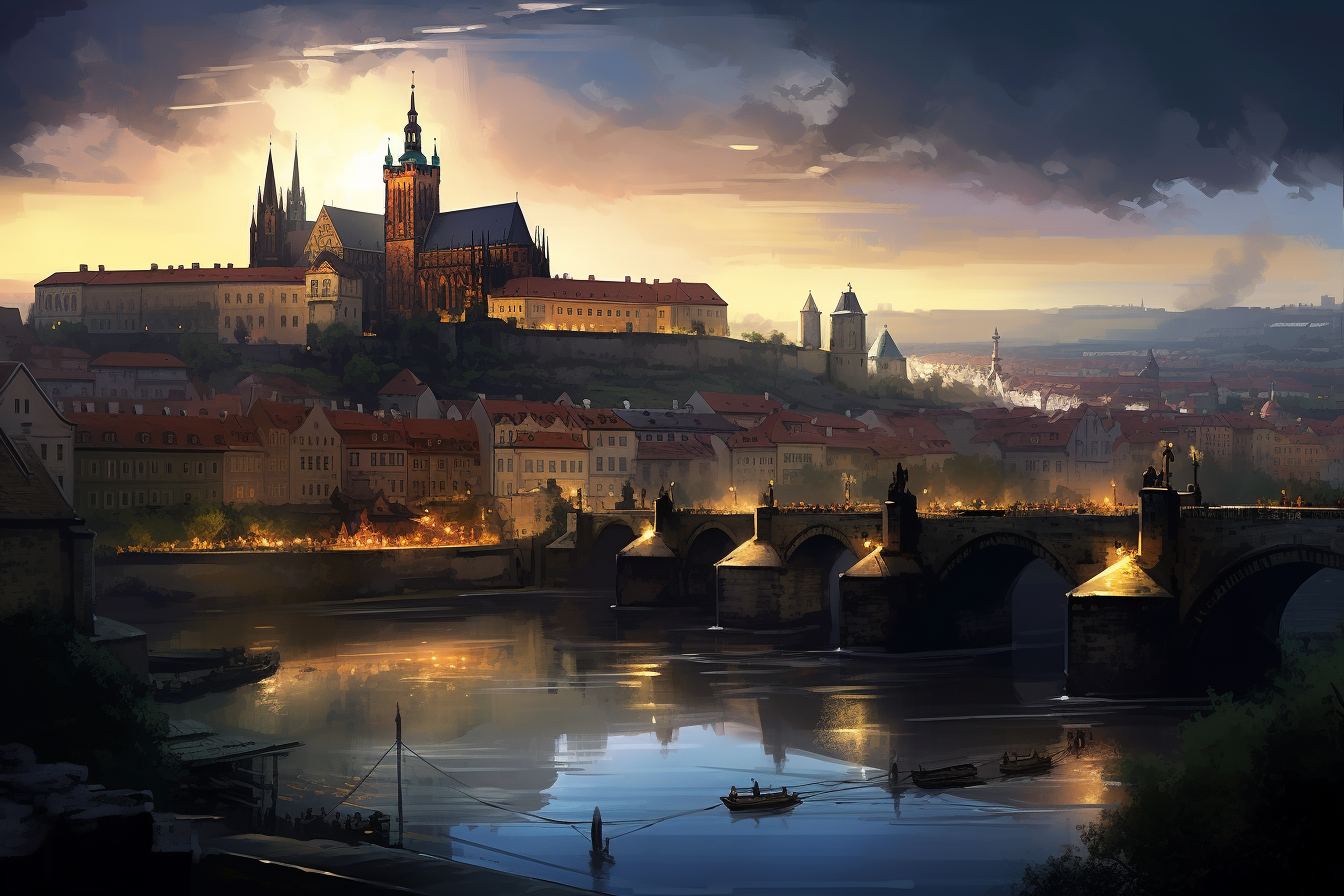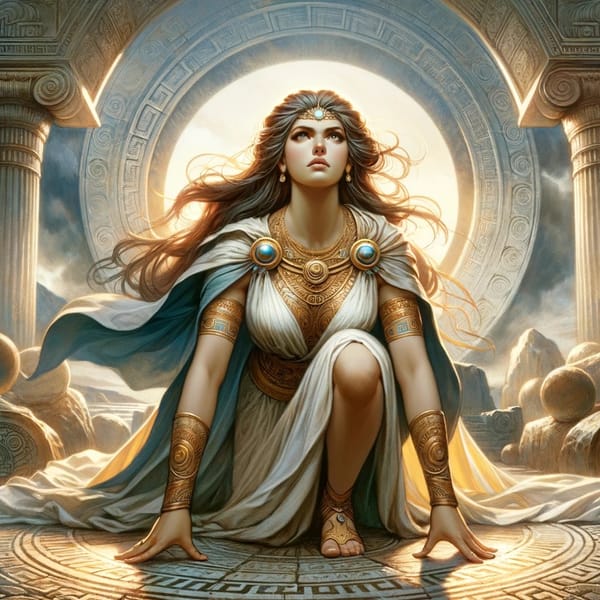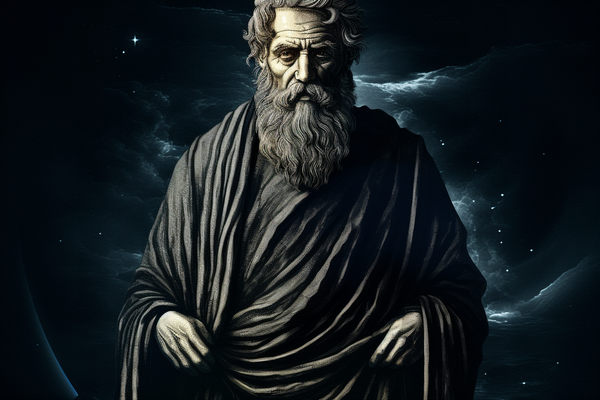A Timeline of Czechia
A broad timeline of Czechia.

Prehistoric Period (circa 500,000 BC - 500 AD)
The area now known as Czechia has a rich prehistoric past, with evidence of human habitation dating back to the Paleolithic era. Various Celtic and Germanic tribes also settled in the region, leaving behind a wealth of archaeological artifacts, such as the famous Venus of Dolní Věstonice, a ceramic figurine dating back to around 29,000–25,000 BC.
Roman Influence (circa 1st Century BC - 5th Century AD)
While never a part of the Roman Empire, the region was influenced by Roman culture and trade. The Germanic Marcomanni and Quadi tribes, who lived in the area, had various interactions with the Romans, including conflicts and treaties.
Early Slavic Settlement (6th Century - 9th Century)
The early Slavic tribes settled in the region, laying the foundation for the future Czech state. The Samo's Empire, the first known Slavic political entity, also emerged during this period.
Great Moravia (833 AD - 907 AD)
The first major Slavic state in the region, Great Moravia, was established. It was an influential political and cultural centre, especially after the arrival of Saints Cyril and Methodius, who introduced Christianity and the Glagolitic alphabet.
Premyslid Dynasty (9th Century - 1306)
The Premyslid dynasty came to power, establishing the Duchy of Bohemia. The region gradually consolidated its territory and influence, becoming a kingdom in 1198.
Luxembourg Dynasty and Hussite Wars (1310 - 1471)
John of Luxembourg became King of Bohemia in 1310. His reign was followed by the Hussite Wars, a series of conflicts triggered by religious reformer Jan Hus, which had a profound impact on European religious thought.
Habsburg Rule (1526 - 1918)
Bohemia came under the rule of the Habsburg dynasty. Despite periods of religious and cultural repression, the region also experienced significant development in arts and sciences.
Czech National Revival (18th Century - 19th Century)
A period of cultural and political revival, aimed at revitalising the Czech language, culture, and national identity. Key figures included Josef Dobrovský and František Palacký.
First Czechoslovak Republic (1918 - 1938)
Following the collapse of the Austro-Hungarian Empire, Czechoslovakia was founded. The First Republic was a democratic state and became one of the most developed countries in Europe.
Munich Agreement and World War II (1938 - 1945)
The Munich Agreement led to the dismemberment of Czechoslovakia and occupation by Nazi Germany. The country suffered significant loss and devastation during World War II.
Communist Era (1948 - 1989)
A coup in 1948 led to a totalitarian Communist regime. The Prague Spring of 1968, a period of political liberalisation, was crushed by Warsaw Pact troops.
Velvet Revolution and Independence (1989 - Present)
The peaceful Velvet Revolution led to the end of Communist rule. In 1993, Czechoslovakia peacefully split into the Czech Republic and Slovakia. Czechia joined the European Union in 2004.





